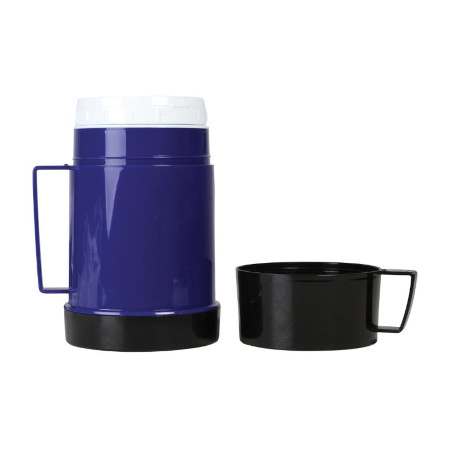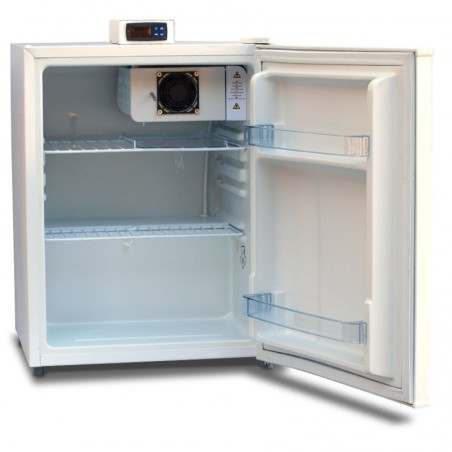Once deposited in the female tract, sperm face a series of challenges that must be overcome to ensure the presence of an adequate normal sperm population close to the site of fertilization. Our aim was to evaluate the influence of the uterine milieu on boar sperm morphology.
In experiment 1, sperm morphology was evaluated in the backflow (60 min after insemination) and within the uterotubal junction (UTJ) (collected ~24 h after insemination) following intrauterine sperm deposition (n = 6) and compared with the morphology of the sperm in the insemination dose.

In experiment 2, the influence of the uterine fluid (UF) on sperm morphological modifications was evaluated. For this purpose, ejaculated (n = 4) and epididymal (n = 4) sperm were in vitro incubated with or without UF for 2 and 24 h.
In both experiments, sperm were classified as normal, having a cytoplasmic droplet (proximal or distal) or having tail defects.
The results of experiment 1 pointed to an increase in morphologically abnormal sperm collected in the backflow (27.70%) and a reduction of the same in the UTJ (2.12%) compared with the insemination dose (17.75%) (P < 0.05).
In experiment 2, incubation of ejaculated sperm with UF did not provoke any morphological modifications; however, when epididymal sperm were incubated with UF, a pronounced increase in the percentage of normal sperm was evident after 24 h compared with the initial dose (from 25.77% to 53.58%, P < 0.05), mainly due to distal cytoplasmatic droplet shedding (53.22 vs. 20.20%).
In conclusion, almost all the sperm that colonize the UTJ had a normal morphology, with part of the abnormal sperm having been discarded in the backflow and part selected/modified on their way to the oviduct. UF seems to influence cytoplasmic distal droplet removal, as demonstrated previously in seminal plasma.
FA García-Vázquez, I Hernández-Caravaca, C Matás, C Soriano-Úbeda, S Abril-Sánchez, MJ Izquierdo-Rico. Morphological study of boar sperm during their passage through the female genital tract. J Reprod Dev. 2015 Oct; 61(5): 407–413. DOI: 10.1262/jrd.2014-170







